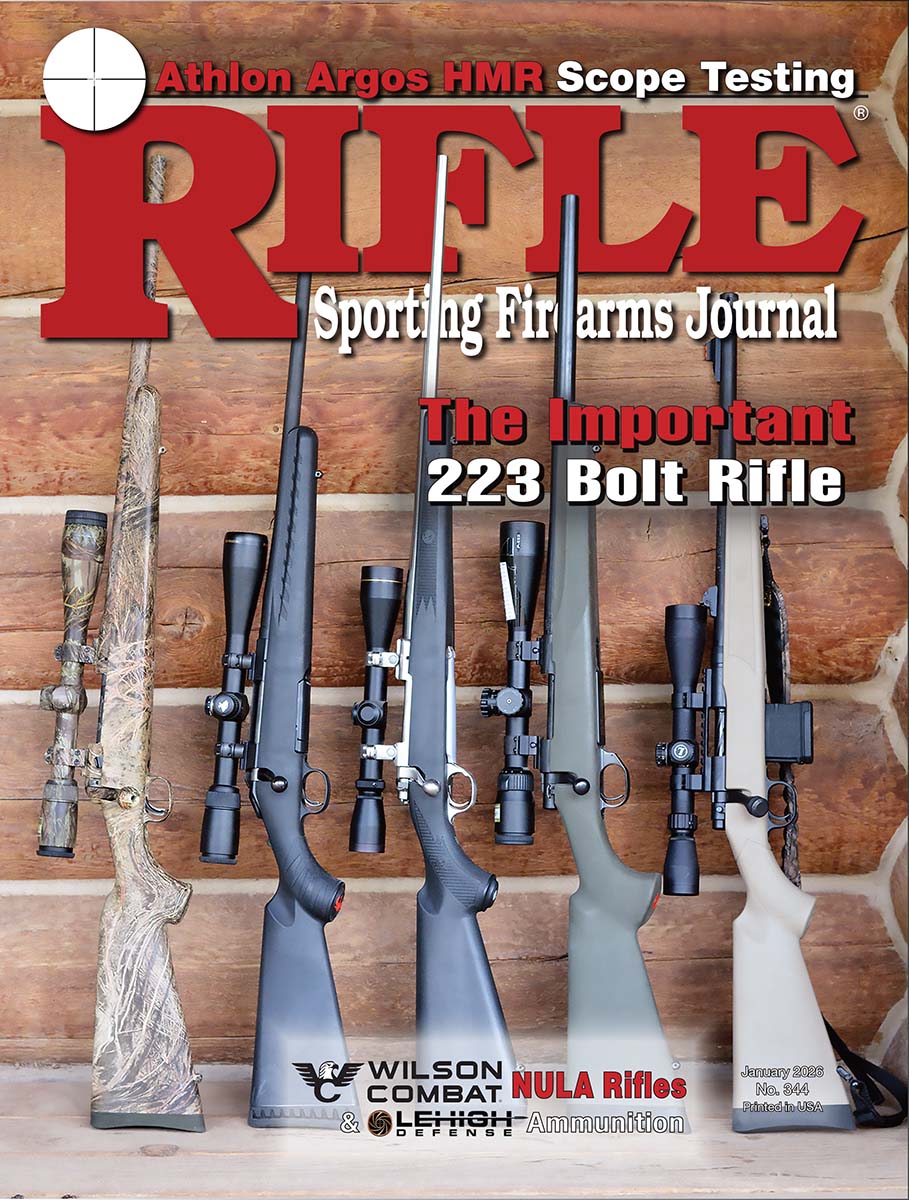Wilson Combat NULA Rifles & Lehigh Defense Ammunition
Lightweight Rifles Heavy on Performance
feature By: Jeff "Tank" Hoover | January, 26
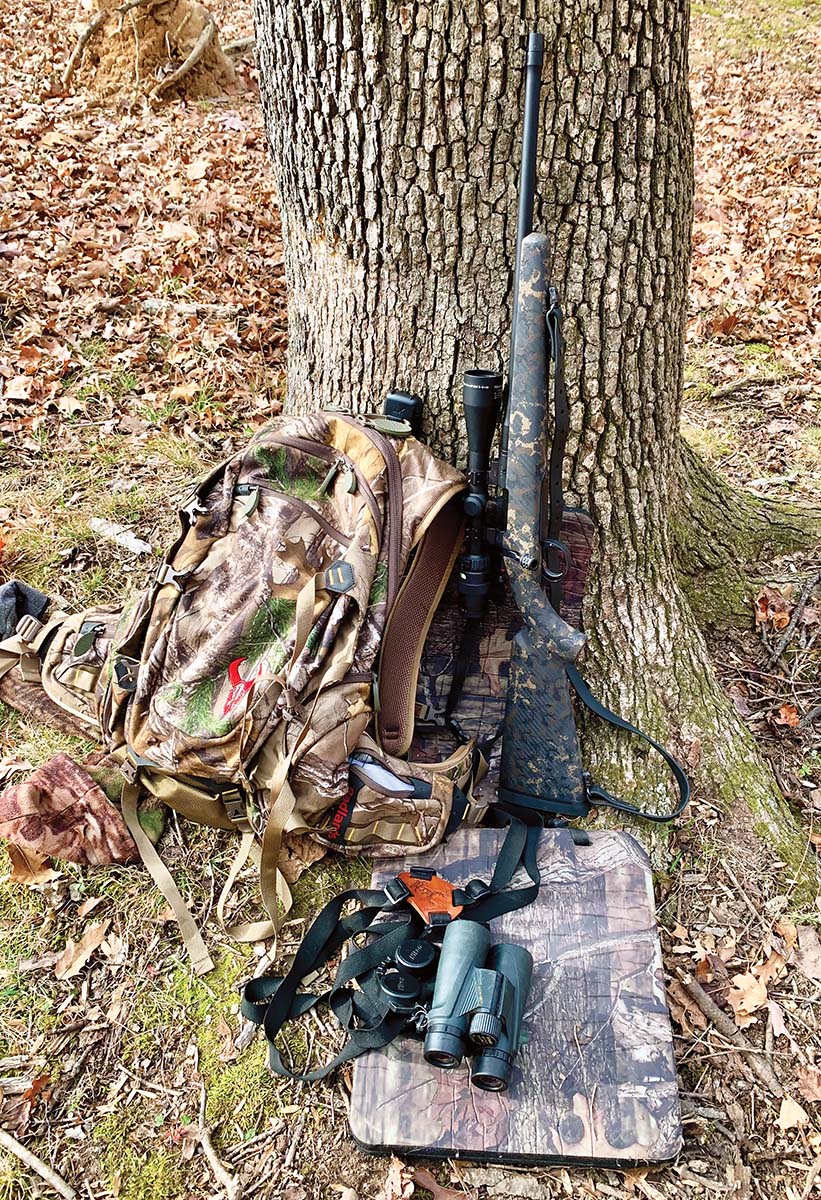

Wilson knew by beating them to the punch, he’d be successful. He did – and his successes multiplied. He diversified his business by buying other companies like Scattergun Technologies in 1999, offering AR platforms in 2000, and making his own barrels in 2014. Lehigh Defense was obtained in 2022, along with NULA (New Ultra Light Arms) rifles. It’s this last purchase we’ll be concentrating on for this article.
The ULA Beginning

NULA, The Wilson Way
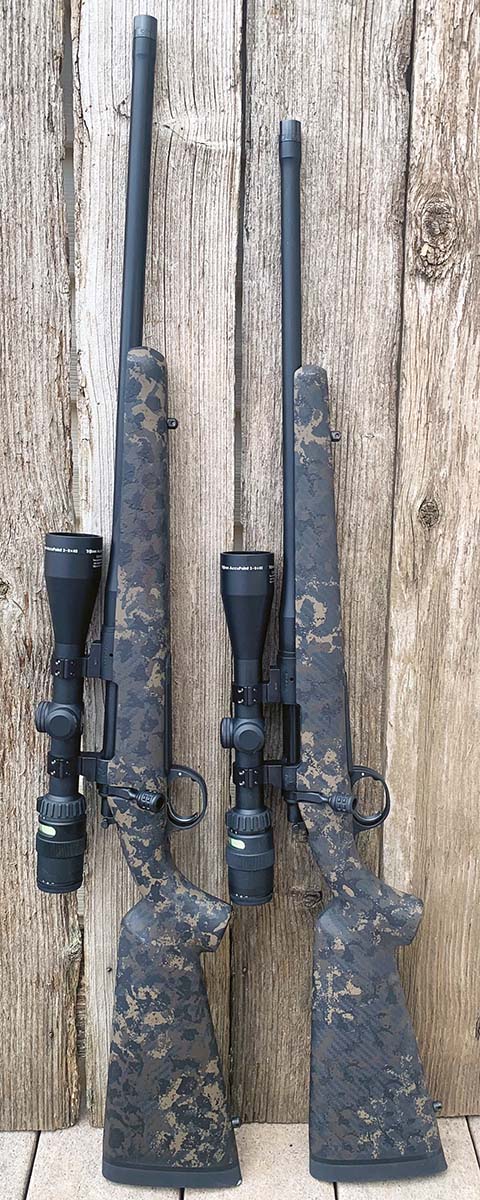

The stocks are made by AG Composites from a carbon fiber blend with a hinged floorplate and sling studs. It’s everything you want in a lightweight rifle stock, namely being stiff and light, while having recoil-absorbing qualities for comfortable shooting. The stocks are available in a variety of handsome patterns, including Canyon Rogue, Kodiak Rogue and Charcoal Grey.
Wilson Combat uses a Timney Elite Hunter trigger assembly, providing the shooter a crisp, creep-free trigger press set at 2.75 to 3.25 pounds. All other work on the rifles is completed in house, assuring top-notch quality control. Wilson Combat offers two sized actions for the NULA line. The model 20 is standard

Barrels are made of 416R stainless steel, honed, double stress relieved and button rifled. They’re threaded for suppressors and come with thread protectors. Model 20 barrels are 20 inches while the Model 20S barrels are 16 inches. Rate of twist is 1:15 for the 300 HAM’R and 1:14 for the 358 Winchester.
The receiver is fully machined and EDM (electrical discharge machining) cut from 4140 bar stock, with the bolt machined from 4340 bar stock. They’re drilled and tapped for scope bases/mounts. The spring-loaded extractor is recessed cut, much like a Sako, for positive extraction, and the spring-loaded ejector is like a Remington 700, throwing empties with authority. The striker has a red cocking indicator for an easy, positive visual confirmation.
My guns weighed 5.87 pounds on the Model 20S 300 HAM’R and 6.44 pounds for the Model 20 358 Winchester, both mounted with Talley lightweight rings and Trijicon 3-9x 40 scopes. Rifles are guaranteed to shoot sub-MOA groups.
Anticipation
Ever since hearing about NULA rifles, I’ve been itching to get my hands on one. Years ago, when Colt purchased NULA, few rifles ever left the Colt factory, and Melvin Forbes ended up with his company again.
Things are different today. Now, rifles are turned out daily. I requested two rifles for testing – the first, a Model 20S, chambered in a proprietary round, 300 HAM’R, designed by Bill Wilson and the second, a Model 20 in 358 Winchester.
It took a grand total of three days to have the rifles shipped to my FFL, which were scoped and sighted-in, along with several boxes of factory ammunition for testing. I was pleasantly shocked, as gun requests can take up to four to six weeks or more to complete. The courtesy, proficiency and professionalism I experienced with Wilson Combat during all communications was also very impressive. All this, and during deer season. Wilson Combat has a very professional staff representing the company.
Field Test
My first hunt of the year is my annual pilgrimage to West Virginia. I’ve been going to the Mountain State for over 30 years with my family. This is fitting since NULA rifles and Melvin Forbes are rooted in West Virginia. It would be a homecoming of sorts. Carrying the 6+ pound rifle, fully loaded, was a pleasure. Hunting in the Monongahela National Forest is tough going. You’re either humping up steep ridges or trying to maintain your balance going down steep ravines.
Besides the steep terrain are the many obstacles of huge oak blowdowns, limbs, branches and boulders. Unfortunately, the bucks weren’t cooperating, and I went home empty-handed.
358 Winchester
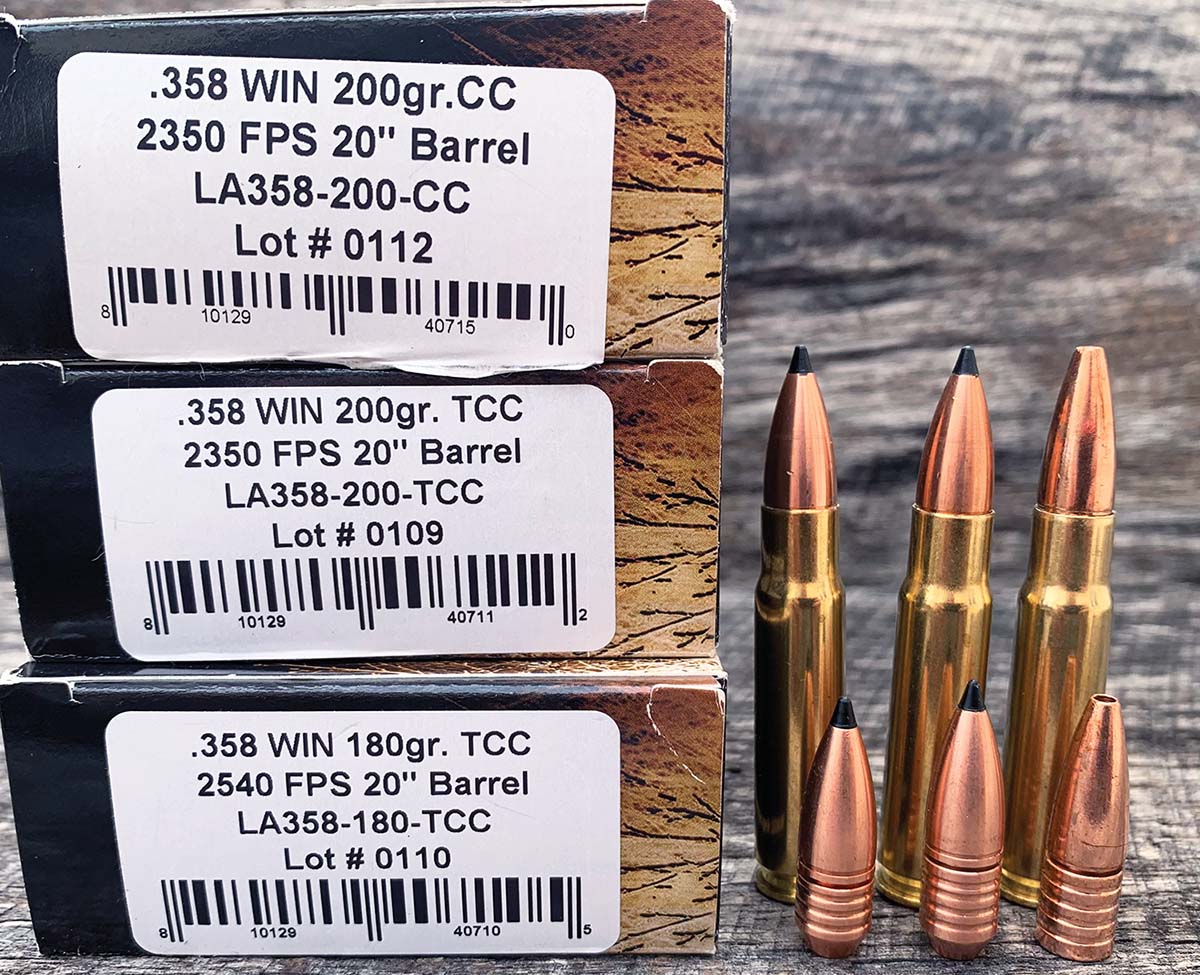
Hunting from a tree stand, I took a typical 2nd-year, 10-pointer at around 90 yards, offhand, during the golden hour of dusk. The lightweight rifle came up smoothly as I shouldered it. The Trijicon illuminated green dot on the crosshairs settled on the buck’s shoulder, as he was standing in a patch of dead chokecherry with a few does. Pressing the Timney trigger was a pleasure, being creep-free and light.
The Controlled Chaos bullet performed beautifully. Shoulder shot, the buck hunched up for a second, made two stiff-legged hops and keeled over. The short blood trail was very heavy. I look forward to hunting with this gun again.
300 HAM’R
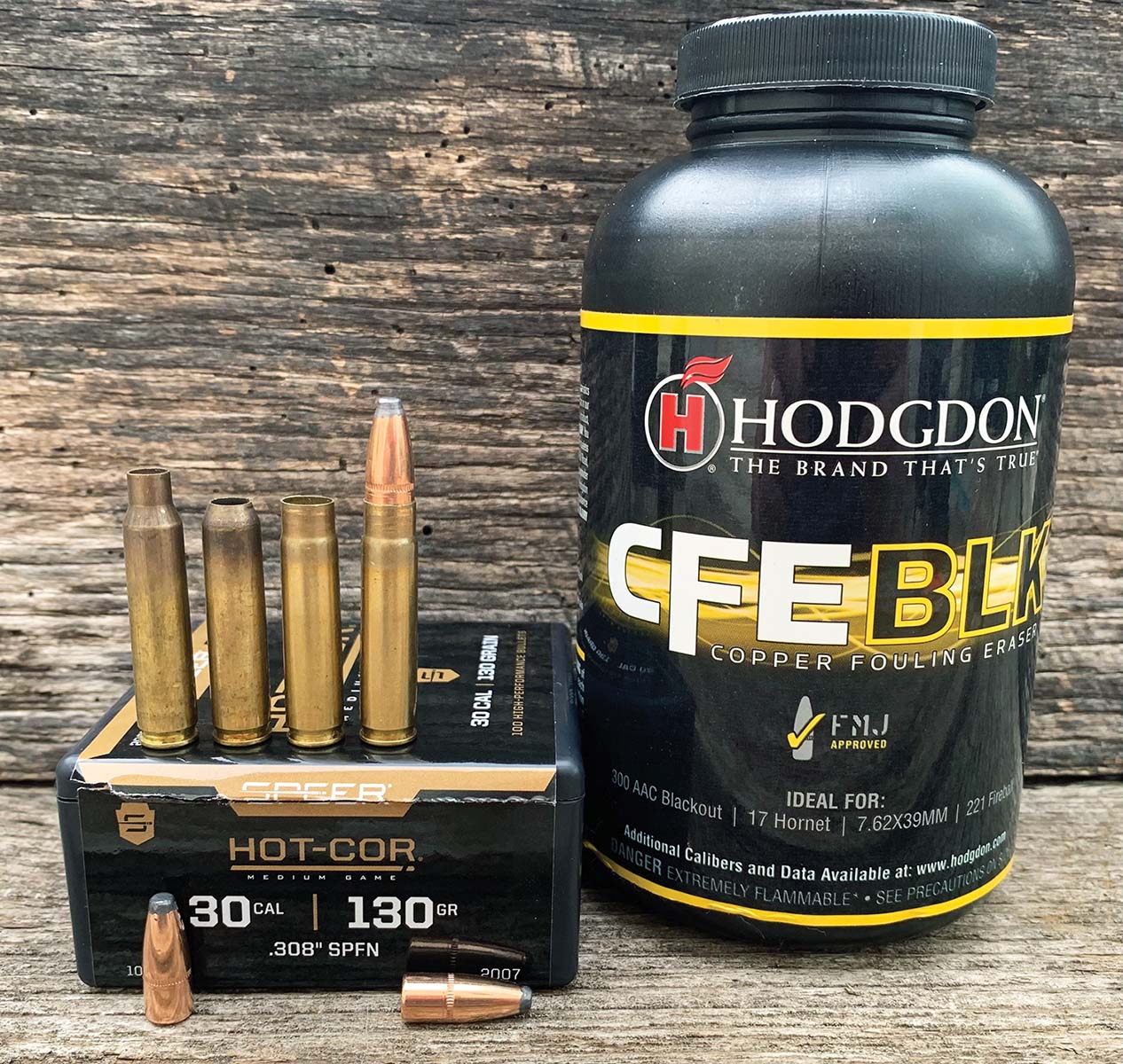
The 300 HAM’R cartridge is very efficient, especially when necking up the parent cartridge to .30 caliber.
The 300 HAM’R case is shorter than the 223 Remington case; to accommodate the length of longer .30 caliber bullets up to 150 grains so they can fit in standard AR-15 magazines.
Ideal bullet weight for the HAM’R is 110 to 150 grains. Since Wilson Combat makes their own barrels, Wilson experimented extensively to find the perfect rifling twist for ultimate accuracy, which turned out to be 1:15 rate.
Bill Wilson has experimented extensively with his Lehigh Defense bullets. His copper bullets are top performers, doing the work of heavier lead bullets. His bullet designs are tested for performance using water tanks, live pigs and cadavers. Bullets are retrieved, examined and critiqued until he is satisfied. He discovered Speer’s .30-caliber, 130-grain Hot-Cor bullets are one of the best factory bullets for hogs, something I found interesting, since I happened to have a bunch in stock and am frugal.
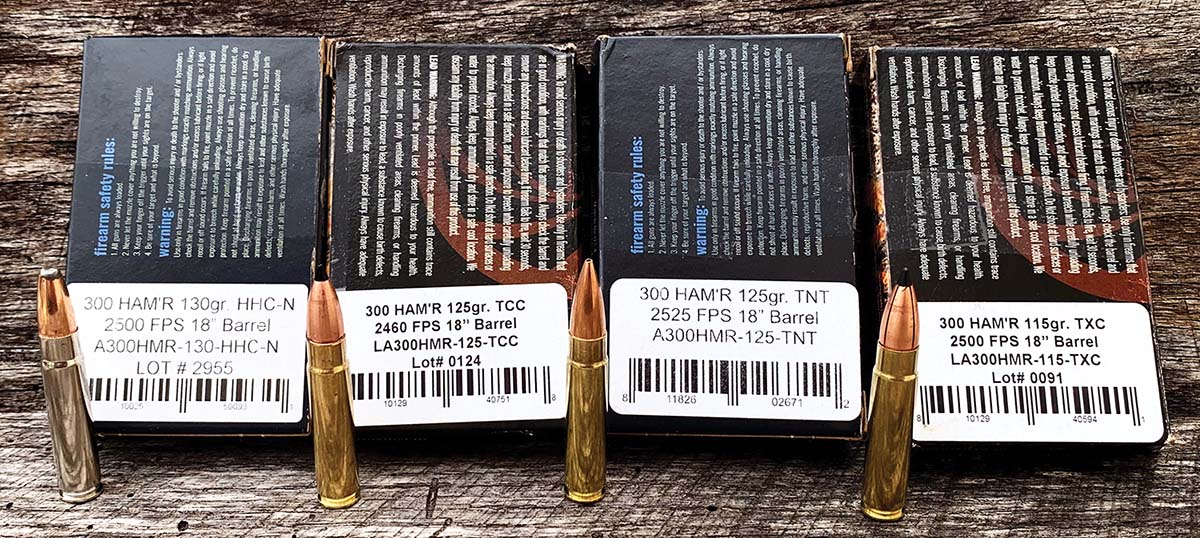
No Secrets
Another thing that impressed me was Wilson Combat’s willingness to share load data on their website. While shopping for the same bullets used in their Lehigh Defense ammunition, a simple click provides load data. What a handy feature – one that will please handloaders.

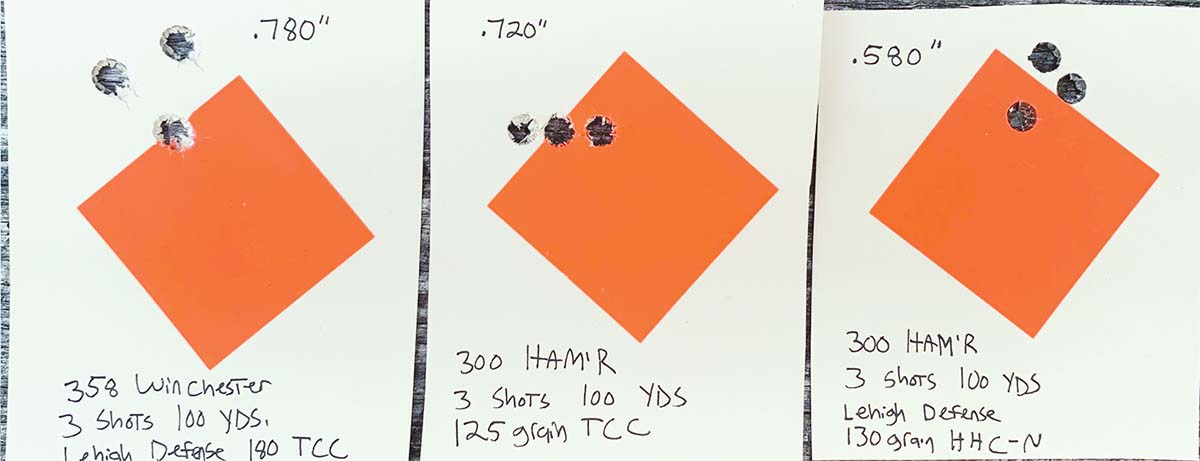
Shooting
To sum it up quickly, Wilson Combat guarantees Minute-of-Angle (MOA) performance, or better, on the NULA rifles. They have nothing to worry about from angry customers with this claim. Using their ammunition, it was simple shooting .5- to .75-inch groups for three rounds. Handloads shot just as well. The Speer .30-caliber, 130-grain Hot-Cor bullets were exceptionally accurate.
Another Wilson Combat Winner
The Wilson Combat renditions of the NULA rifle are exceptional. Upon unboxing, I knew I wanted to keep them. I lusted for what they were with their quality, fit, finish, smoothness of action – not to mention being lightweight. These guns simply seduced me like I haven’t been in some time. This is coming from a blued-steel/walnut kind of guy. The quality was obvious before ever shooting these guns.
As a dedicated handloader, the 300 HAM’R intrigued me as well with its super efficiency. It would make for an excellent lightweight rifle for pigs/deer/groundhogs in the 300 HAM’R cartridge. Converting 5.56 or 223 brass is fun and easy for a handloading nerd like myself, making me feel efficient as well. But how could I come up with the money for these rifles?
After considerable cogitation, I came up with the idea of doing a little horse trading. A deal was made, and the rifles are staying. This old boy knows quality when seeing it! My only worry is that since I got two NULA rifles, they may start breeding – and you know what that means.
.jpg)


